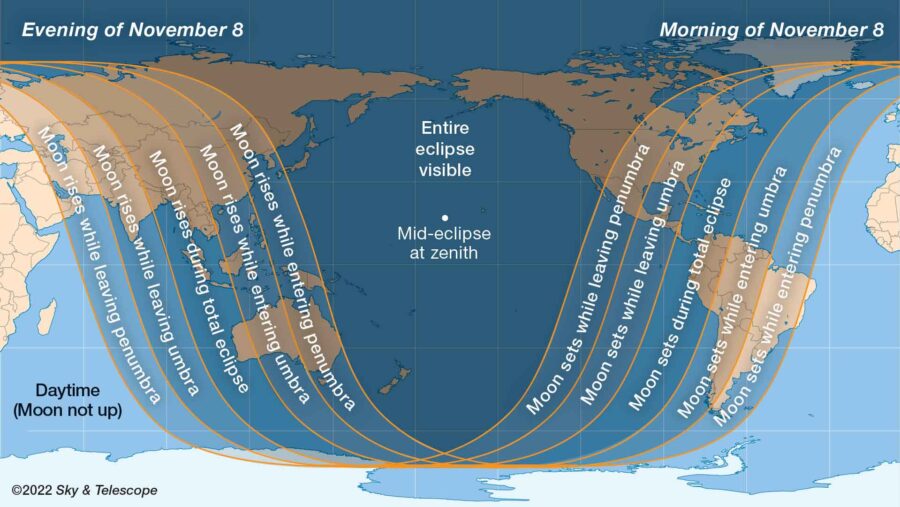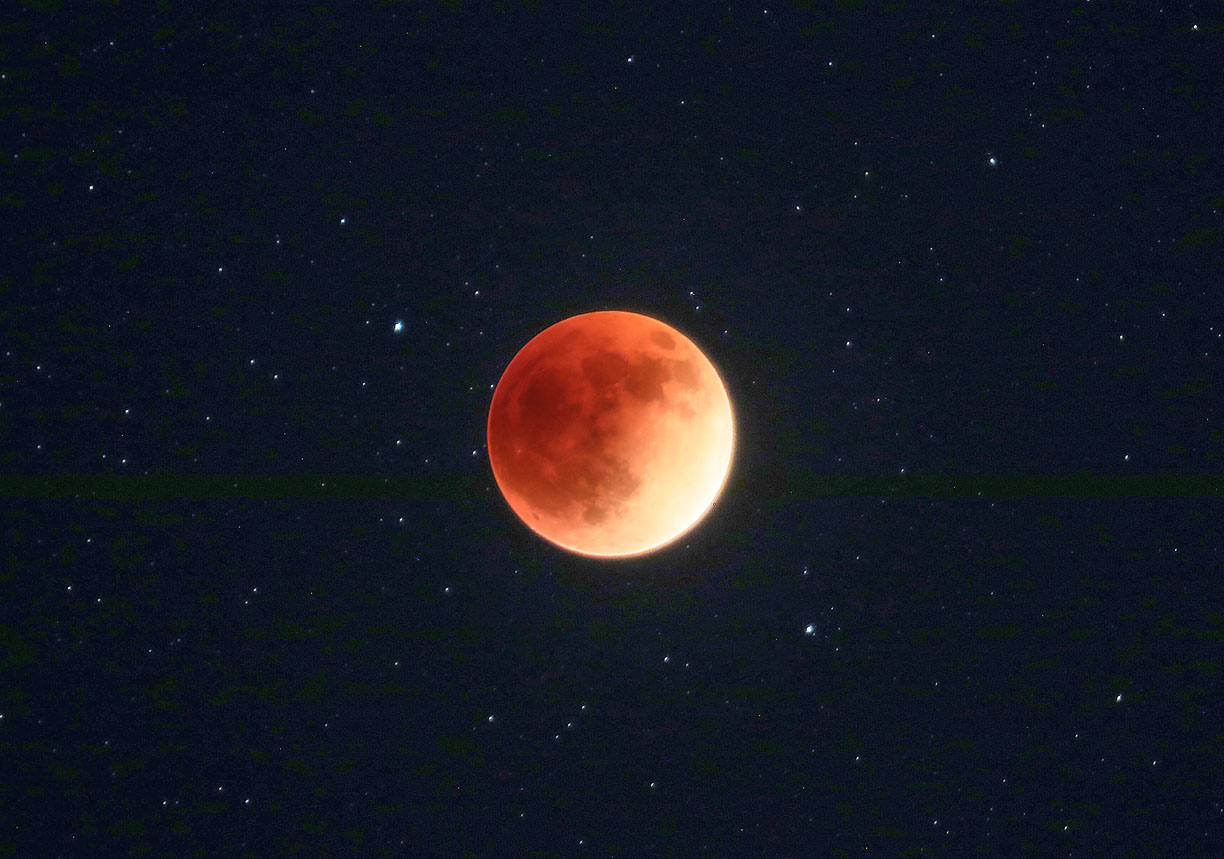casper
The Living Force
Re: Total lunar eclipse on April.4.2015.
It takes a total eclipse of the moon, which is also referred to as "blood red moon '. It is a natural phenomenon that occurs when aligned Sun, Earth and Moon. Celestial spectacle is visible in North and South America, Asia and parts of Australia.
Low lunar eclipse is the shortest of the 21st century. The Moon in the Earth's shadow will spend only four hours and 43 seconds. However, the entire eclipse will last a long time, to be precise - 102 minutes.
https://youtu.be/lCPSorByzaw
It takes a total eclipse of the moon, which is also referred to as "blood red moon '. It is a natural phenomenon that occurs when aligned Sun, Earth and Moon. Celestial spectacle is visible in North and South America, Asia and parts of Australia.
Low lunar eclipse is the shortest of the 21st century. The Moon in the Earth's shadow will spend only four hours and 43 seconds. However, the entire eclipse will last a long time, to be precise - 102 minutes.
https://youtu.be/lCPSorByzaw


